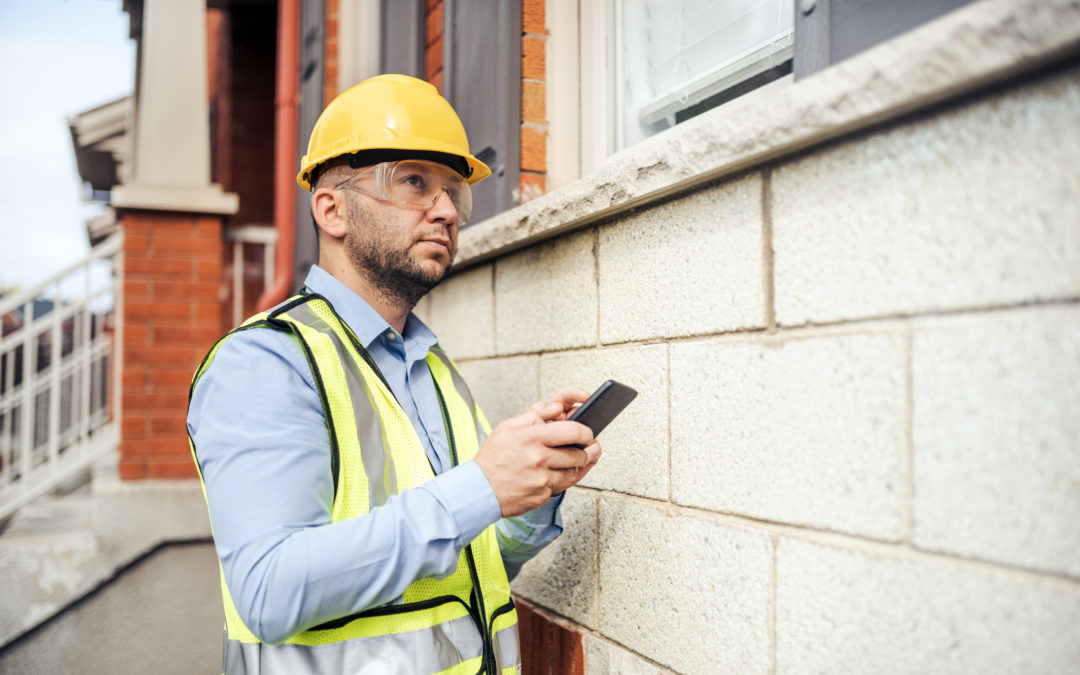Contributed by Tyler P. Berding, Esq.
The condo collapse in Surfside, Fla., has forced community association residents, board members, and managers to reevaluate long-term maintenance and repair, yet even before the tragedy, the concern for the longevity of essential components has been rising in recent years.
Many community associations conduct regular reserve studies or use other means of projecting the cost of long-term maintenance and repair. In some communities, for several reasons, there isn’t always enough funding for that work, let alone for unexpected repairs. Damage can be found on structural elements as well as plumbing and electrical systems. Defects in foundations from soil subsidence can progress slowly for years. The expense of dealing with these issues, when finally discovered, can be exorbitant.
Addressing unexpected maintenance often results in boards having to approve large special assessments, which can cause a financial strain to homeowners. The Foundation for Community Association Research’s Breaking Point report, released in 2020, details why the unanticipated expense of repairing hidden damage can be so overwhelming.
The study, which surveyed 47 community associations in the U.S., found that 81% reported unanticipated infrastructure issues in a recent three-year period. Eighty percent identified having adequate reserves as their top concern, while around half believe that their reserve funding would be unable to cover significant unplanned repairs.
Boards and owners may be reluctant to raise assessments, even to stay ahead of inflation, resulting in a growing gap between repair expenses and available reserve funding. If reserves funding for known future maintenance is inadequate, there’s even less consideration for unknown or hidden problems.
Deferred or hidden damage happens over many years during the period of ownership of many previous owners, who may be unwilling to pay for maintenance and repair projects that may not occur for a decade or more. When that damage is discovered, it is always the present owners who must pay a special assessment or higher regular assessments to amortize a bank loan to fund the repairs.
Boards, community managers, and other professionals must consider the long-term needs of the community. One of the primary responsibilities of every community association board is to protect and sustain the infrastructure to benefit present and future owners. They fail that responsibility if maintenance and repair is deferred or damage remains undetected.
The Foundation’s report recommends that community associations commission more frequent and thorough inspections; early detection of hidden damage might allow more cost-effective maintenance and repair now than in the future. In addition, some of the positive outcomes reported by surveyed communities to address aging infrastructure include:
- Designating more money to reserves.
- Conducting reserve studies more frequently.
- Creating formal project plans before commencing work.
- Planning necessary work in phases rather than delaying maintenance and repair.
- Educating homeowners and communicating frequently about the community’s maintenance needs.
Tyler P. Berding is a founder and principal of Berding Weil law firm in California. He serves on the Foundation for Community Association Research’s Aging Infrastructures Task Force.
>>Read more in “System Failure,” from the May/June 2020 issue of CAI’s Common Ground magazine.


